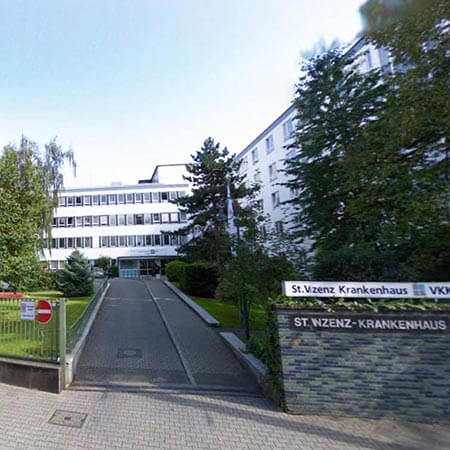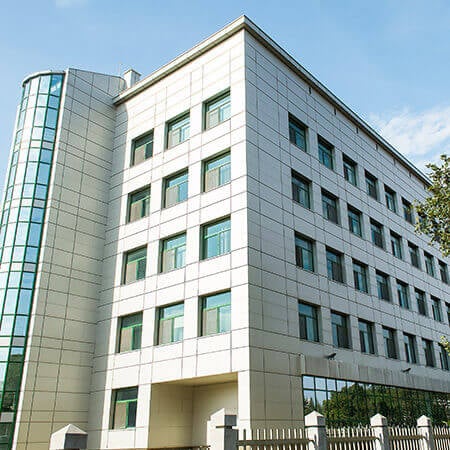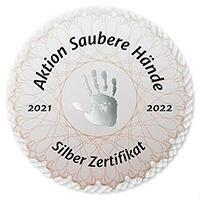Open Surgery for Ankle Sprain and Rupture in Germany
Treatment prices are regulated by national law of the corresponding countries, but can also include additional hospital coefficients. In order to receive the individual cost calculation, please send us the request and medical records.

Department of Adult and Pediatric Orthopedics, Foot Surgery
The Department of Adult and Pediatric Orthopedics, Foot Surgery offers the widest range of modern medical services to patients suffering from musculoskeletal diseases. The department specializes in knee and hip replacement surgery, including revision interventions to replace previously implanted artificial joints. The department has the status of a certified Maximum Care Endoprosthetics Center (endoCert), which means adherence to the requirements of European professional societies for carrying out procedures of this kind, a high level of safety and treatment efficiency. It is worth noting that the department uses the innovative ROSA® robotic system for performing knee replacement surgery. A special Rapid Recovery Program is used for the rapid recovery of mobility after joint surgery, which allows the patients to quickly return to their usual life. An integral part of the department's clinical practice is also the treatment of foot diseases and deformities in adults and children. The medical facility has been operating for more than 50 years, and therefore it provides patients with the highest quality medical care and easily copes even with highly severe pathologies.




Department of Adult and Pediatric Orthopedics, Trauma Surgery, Foot Surgery, Hand Surgery and Rheumatology
The Department of Adult and Pediatric Orthopedics, Trauma Surgery, Foot Surgery, Hand Surgery and Rheumatology offers the full range of diagnostic and therapeutic services in its areas of specialization. The key areas of work of the department's doctors include large joint arthroplasty, arthroscopic interventions on the knee, hip, and shoulder joints, conservative and surgical treatment of foot and hand diseases and deformities, rheumatic joint lesions, orthopedic diseases in children, and musculoskeletal injuries. The key to successful clinical practice is the professionalism and unique experience of the department's medical team, combined with the advanced infrastructure and state-of-the-art equipment. The department has 5 operating rooms equipped with the latest technology. Most surgical interventions are performed using minimally invasive techniques, due to which, in the shortest possible time, the patient is verticalized, their mobility is restored, and a pronounced pain syndrome is excluded. The department annually performs more than 4,500 surgical interventions, including especially complex ones, so the specialists at the medical facility are rightfully proud of their impressive clinical experience in the surgical treatment of orthopedic diseases. Over the years, the department has gained an excellent reputation not only in Germany but also far beyond its borders.





Department of Adult and Pediatric Orthopedics
The University Hospital Ulm is an advanced medical complex that provides patients with high-class medical care using the very latest scientific achievements. The medical facility has been performing successful clinical activities for more than 40 years and has long earned an excellent reputation throughout Europe. The hospital regularly demonstrates high treatment success rates, takes an active part in the training of medical students, and works tirelessly on promising research projects. The university hospital consists of 29 specialized departments and 16 scientific institutes, where more than 7,000 highly qualified employees work for the benefit of their patients. More than 55,000 inpatients and about 300,000 outpatients are treated here every year. The hospital has 1,274 beds. The medical team of the hospital is focused on providing personalized medical services using the most modern and sparing diagnostic and treatment methods.







